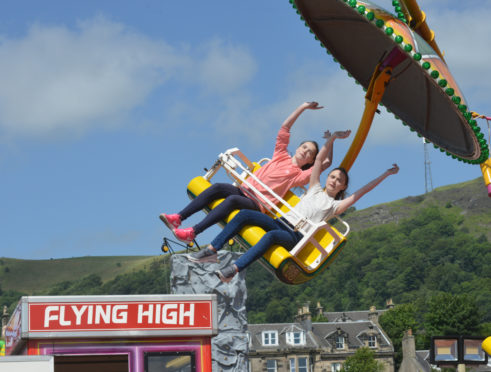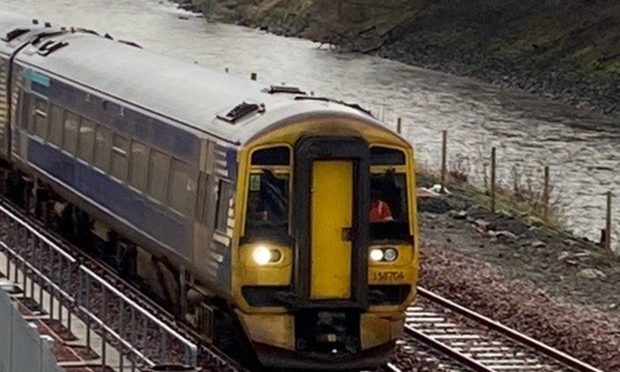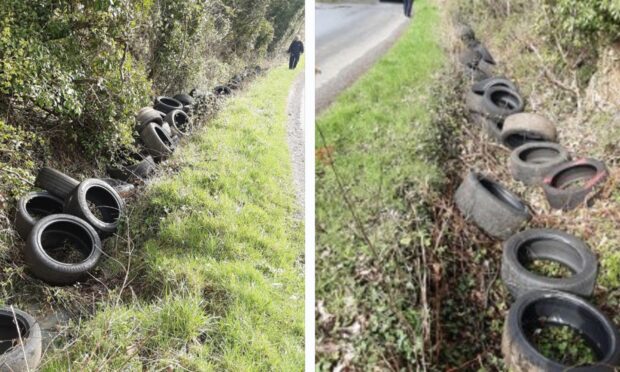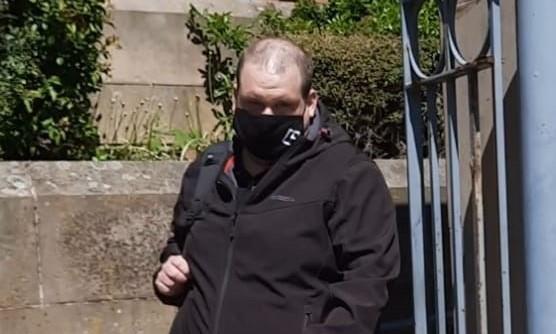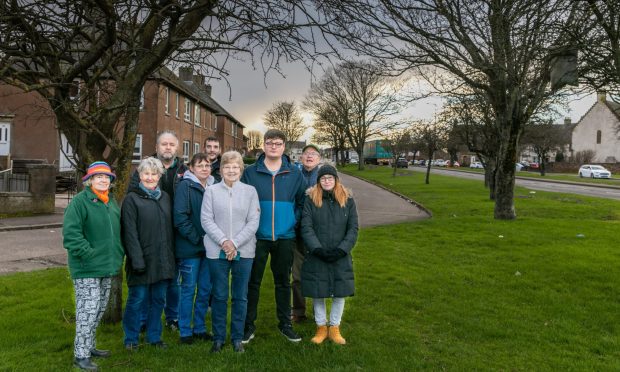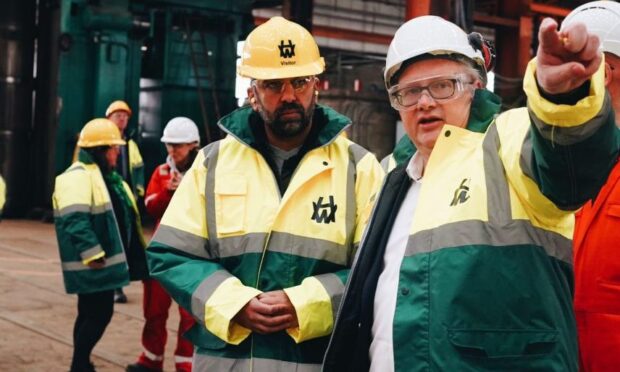Councillors in Kirkcaldy will meet tomorrow to discuss whether or not much-needed repairs to electrical supplies on Burntisland Links should be part-funded from the Burntisland Common Good Fund.
On the face of it, it seems a straightforward proposition after the showmen who run the town’s annual fair said they would abandon the event if they were forced to use diesel generators.
The current set-up has failed inspections and is unsafe to use, so it’s a logical step to upgrade the supply in order to keep the historic fair going.
However, the reality of the situation is far more complicated in this instance as Fife Council is seeking to use £100,000 from the Burntisland Common Good Fund to help meet the £160,000 estimated cost of the project.
I’ve always thought of Common Good funding as being an antiquated thing, and something that ordinary members of the public don’t know too much about and therefore don’t get too exercised about.
In a nutshell, in Burntisland, like many areas, the Common Good assets are buildings, land, investments and objects that were – generally – given to Burntisland and its people over many years and managed by the Town Council until it was abolished in 1975.
The assets are now looked after by Fife Council and revenue usually dispersed by grants with the involvement of the community council.
That’s all well and good, but what’s effectively being asked tomorrow is for the town’s Common Good fund to be significantly raided which would leave, we’re told, just £20,000 for other common good purposes for the rest of the year.
If you asked most people in Burntisland what £100,000 of Common Good cash should be spent on, I doubt an electrical supply to power the showmen’s caravans for 12 weeks of the year would be high on that list.
Whatever happens, the whole episode should at least raise important questions in communities and local authorities across Scotland about how Common Good monies are divvied up.
Every area will be different, with different priorities, but Burntisland’s situation surely suggests that, at the very least, greater consideration should be given to what projects should benefit than is currently the case.
It’s particularly pertinent for Fife, in that the Kingdom is home to around 17 of these funds covering 25 burghs. That’s the most in Scotland, along with Aberdeenshire.
Whittling away those funds on the ‘wrong’ things simply increases the likelihood that, when the time comes and money is needed for the ‘right’ things, there will not be enough money to cover the costs.
